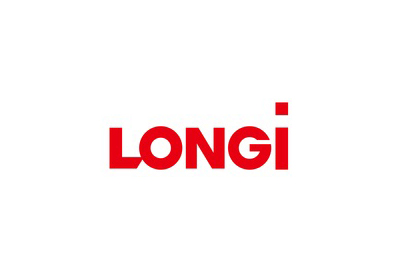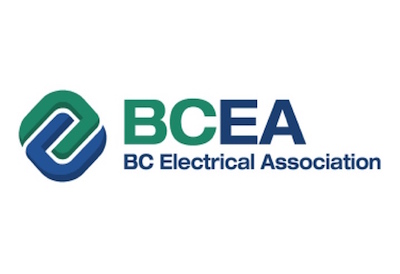Kontrol Energy to Offer Distributed Energy Solutions with Blockchain Technology

November 2, 2017
Kontrol Energy Corp. through its operating division Kontrol Technologies Inc., is integrating its real-time energy management system, the Kontrol EMS, with Blockchain technology.
“The traditional utility model of centralized power plants is changing as consumers demand greater access to sustainable energy solutions including solar energy, combined heat and power and battery storage,” says Paul Ghezzi, CEO of Kontrol Energy. “This is especially true for those North American markets where the retail cost of electricity exceeds 16 cents per kilowatt hour.”
The Kontrol EMS will include full Internet of Things (IOT) functionality, smart learning algorithms and the ability to manage localized distributed energy solutions. Through Blockchain technology Kontrol plans to provide local energy producers and consumers with a peer to peer energy market. “Blockchain technology offers a unique opportunity to facilitate the growing demand for distributed energy solutions across North America,” continues Paul Ghezzi. “The ability to buy and sell locally produced sustainable energy has great potential for both stabilizing existing electricity grids and reducing the cost of energy over time. Blockchain technology also has the potential to eliminate wasted energy and reduce infrastructure costs for governments and utilities.”
The Kontrol EMS will be available in the second quarter of 2018 with Blockchain technology. For 2018 the Company anticipates that it will build out up to 2 Megawatts of distributed energy solutions in Ontario, Canada. In addition to the Ontario market, the Company is also exploring potential opportunities and acquisitions in the distributed energy sector in New York and California.









![Guide to the Canadian Electrical Code, Part 1[i] – A Road Map: Section 40 — Electric Cranes and Hoists](https://electricalindustry.ca/wp-content/uploads/2022/11/Guide-CE-Code-2.png)







